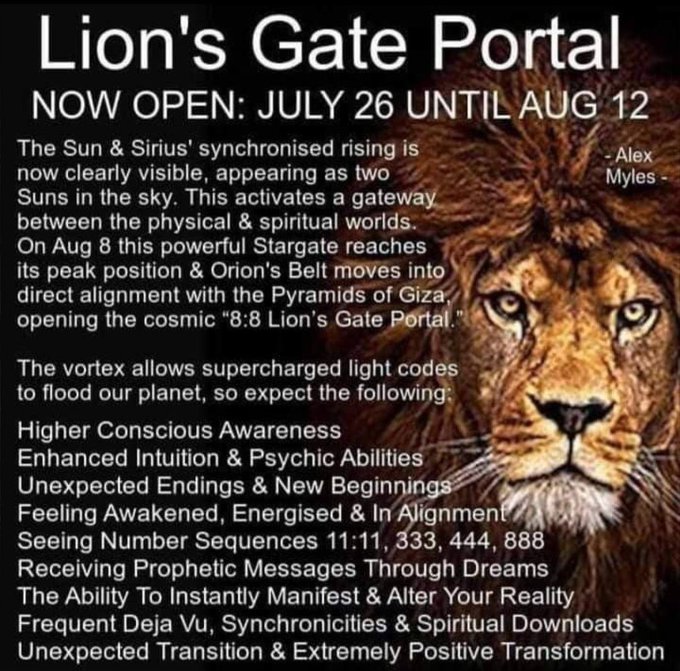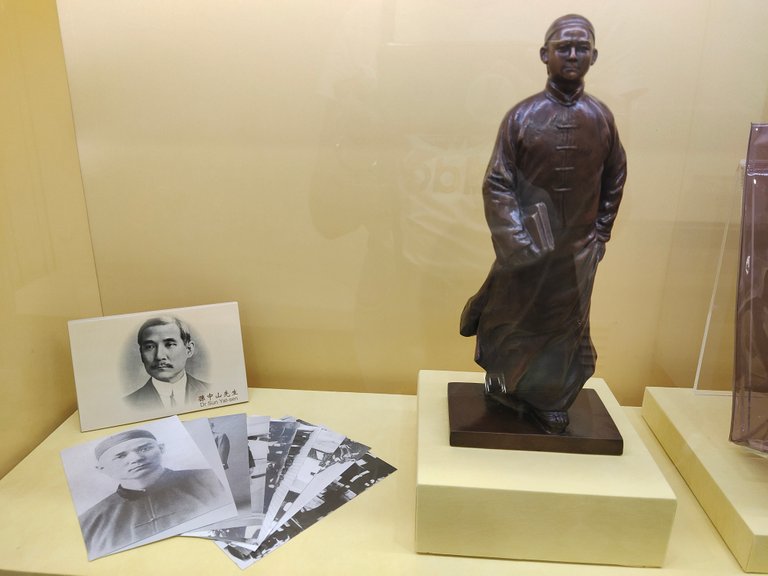
“Black birds tend to like shiny things.” ~ The Bloody Raven
It is hard to track down how this pair of of 2 Jaio coins came into my Father's collection. These along with a handful of the Republic of China coins were basically useless after that ancestor landed upon this new world to begin a new life. They were still silver coins and have a modest numismatic value well above spot for their condition.
Back in my foolish years I didn’t care much my roots but I regret that now with my Mom’s memory having considerably faded and my favorite grandmother long gone. My grand mother would know much more about who had these coins and when they came over to North America. A still surviving uncle mentions an ancestor that was on the run from the immigration officers. Something having to do with not reporting to the Government office. My grandmother said, "Each generation may have the same reason for coming to Canada but a different reason for leaving China"
1929 Republic of China Silver 2 Jiao

Holding the coin, I wondered who this Dr. Sun Yat-Sen was. A man that was apparently revered by the Vancouver Chinese community at large by a statue, a lovely garden named after him, and the footprint he left behind in the local Chinese community that numbers above 550,000 in the province of BC since 2021.
I’m now on a medical Leave of Absence so, I have some time to dig into the past.
About Dr. Sun Yat-Sen
By the mid-1800s, the Manchu Qing dynasty rule steadily weakened following events like the Taipei Rebellion and the Opium wars against the powerful Eight European powers. Countries that took reparations in the form of ceding important ports like Hong Kong to the British. Foreign agents immune from Chinese laws abuse their privilege at the expense of the citizenry. The hopelessly corrupt Qing court was even more despised by citizens. Their leaders no longer protected them. The Qing rulers were ripe for reform or revolution.
Though Sun Yat-Sen was born on 1866 in Guangdong south eastern China, he spent his teen years in Hawaii with his brother where he studied English history, mathematics, sciences, Christianity and became very proficient in English. He returned to China to study Medicine until he stepped away from that practice becoming increasingly concerned with the future of China. He become engaged in politics with a group of students and thinkers that argued that in order for China to progress forward the Qing’s rule must fall!

There were two choices. Reforming The Qing court from within under Confucius’ model and remain as a constitutional monarchy, or by Revolution by sweeping the Ruling Manchu apparatus aside establishing a new democratic Republic. Dr. Sun chose to embrace the later.
While tensions grew between the Reformers and the Revolutionist during the early 1900s, Qing agents captured many members of the Revolutionists, some were executed, many more including Sun were also charged with conspiring to over-throwing the Qing dynasty, left China into an exiled life overseas.
Dr. Sun Yat-Sen spent the following next ten years traveling the world in speaking engagements to share his vision of a new Chinese Republic, secure finances and material support to make this Revolution a reality. In 1904 Dr. Sun founded the Tongmenghui revolutionary organization.
1929 Republic of China Silver 2 Jiao

In that time he had organized numerous revolts from outside China though none had been successful, leading to divisions within his own organization. Yet his activities and actions made him a marked man with a price on his head, living a dangerous life as a hunted revolutionary.
While in London, the Chinese Legation attempted to kidnap Dr. Sun and return him to China to face execution. An associate of Sun discovered the plot and exposed it to the authorities and press making Sun Yet-Sen a celebrity and raising his prestige.
Also, Dr. Sun visited the Vancouver Chinese community in 1910 and in 1911 staying at the Chinese Freemasons building on the northwest corner of Pender and Carell Street. Sharing his vision of new Republic based on Nationalism, Democracy, and Social well being. He spoke in Cantonese with a calm confident manner, answering all questions and prompting for ideals and suggestions.
1936 Central Bank of China 5 Yuan

The Say-Yup ethnic Chinese had difficulty understanding Cantonese were doubtful and asked tough questions like, "You don't even have a ship or gun, how are you going to overthrow a whole dynasty?"
Of course some of those that opposed Dr. Sun were members of the local Chinese Empire Reform Association resulting in fighting with those siding with Sun.
While still abroad, Dr. Sun received news of an uprising resulting in the fall of the Qing dynasty by February 1912. Dr. Sun immediately returned to China on Dec 21st, 1911. On the 1st of January 2012 Representatives established a Provisional government electing Dr. Sun as provisional president and credited him for unifying the many various Revolutionary groups and Triads under a common goal.
However his office did not last long, while Dr. Sun had fame and prestige he did not have the financial/economic resources, political backing or the military power to stay in office and eventually lost to Yuan Shikai, military leader of the Beiyang Army. The relations between these two men became difficult resulting in Dr. Sun’s exile once again to Japan. In the following years Dr. Sun reorganized the Tongmenghui Revolutionary organization into the Guomindang or Kuomintang, The Nationalist party.
1936 Central Bank of China 5 Yuan

By 1917 Dr. Sun armed with a plan to introduce his ‘Three Principles of the People’ model forwarded by the Kuomintang. China’s central government still existed but only in name as the country was still struggling under various Warlords vying for power since the collapse of the Qing dynasty.
For his remaining years, Dr, Sun tried to unify all of China but was unsuccessful. Beginning in the 1920s, Dr. Sun’s Kuomintang allied with the new Chinese Communist Party (CCP) sometimes working together, sometimes fought. The CCP became successful and established the People’s Republic of China in 1949 and the Kuomintang under Chiang Kai-Shek moved to Taiwan.
In 1925 Dr. Sun Yat-Sen dies of cancer as he was traveling to Beijing in an effort to negotiate a National government. Even though he never lived to see his goals achieved and leaving the country just as divided, both the CCP and the KMT agree that Dr. Sun’s legacy is as the Father of modern China.
Adding Ancestral Silver to my Stack for that big stormy day!


The #piratesunday tag is the scurvy scheme of Captain @stokjockey for #silvergoldstackers pirates to proudly showcase their shiny booty and plunder for all to see. Landlubbers arrrh… welcomed to participate and be a Pirate at heart so open yer treasure chests an’ show us what booty yea got!
Related Posts
1874 CC American Trade Dollar, Shipwreck silver of the SS Japan.
1986 China 5 Yuan The Empress Commemorative Silver Coin.
1102 – 1106 Northern Song Dynasty Bronze Coin Shipwreck coin.
References
My own pictures shot with a Samsung SM-A530W
P. Image under Pixabay
W. Wiki Commons
☠️🎃 Page Dividers by thekittygirl. ❄️ 🌞
Sources and Readings
Numista Coins China; 1928 Republic of China Silver 2 Jiao.
Numista Coins China; 1920; Kwang-Sea Province 20 Cents.
Numista Coins China; 1909-1911 20 Fen. 1 Mace 4.4 Candareens.
Numista Banknotes China; 1936 Central Bank of China 5 Yuan.
Numista Banknotes China; 1930 Shanghai 5 Customs gold units.
Britannica; Dr. Sun Yat-Sen.
Saltwater City, An illustrated History of the Chinese in Vancouver by Paul Yee. University of Washington Press, 1988. ISBN 0-88894-616-3
Cameo Raven Brooch from The Black Wardrobe.
Red Dragon background banner from Nyssacat’s yard.
Thank you @punkysdad for loaning me the banknotes.





"I’m just a gal in black, not a bloody Financial Advisor!"
Posted Using LeoFinance Alpha















